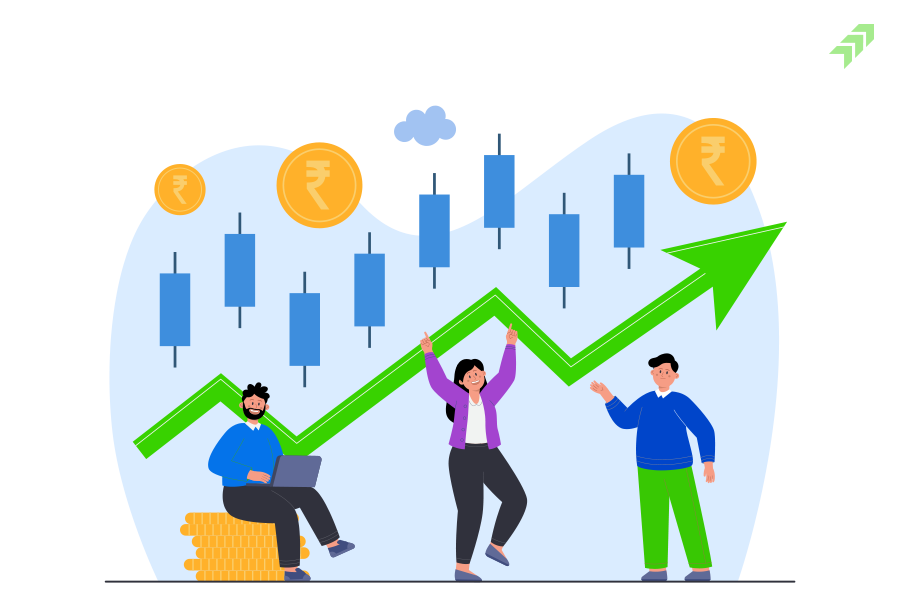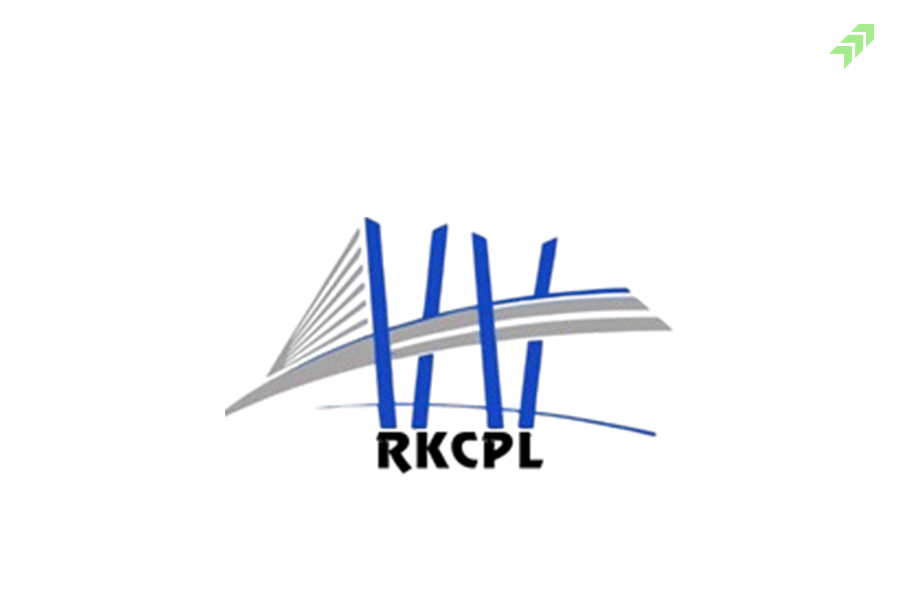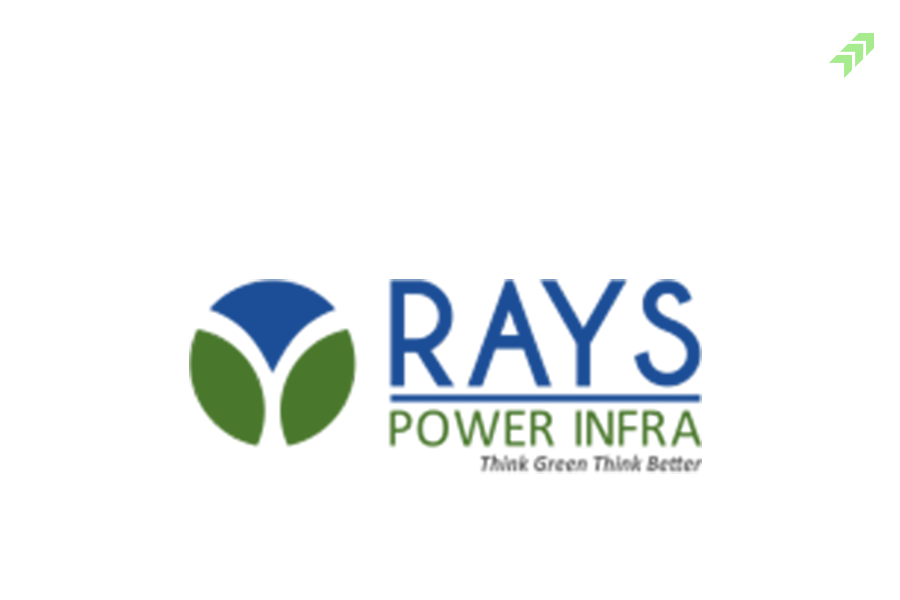The performance of Indian economy in the first quarter of FY26 has regained its position as the world’s fastest-growing major economy. The real GDP increased by 7.8% year on year basis in Q1, making a quick up move with fastest move in previous five quarters. On the other hand, real Gross Value Added (GVA) grew by 7.6%, and nominal GDP rose by 8.8%, reflecting that price pressures were relatively contained compared to last year. This growth is significant because it comes against a backdrop of global economic uncertainty, ongoing tariff tensions with the United States, and concerns around global trade. Despite these geopolitical tensions, strong domestic fundamentals lead the investment flow, robust service activity and government capital expenditure have supported economy to maintain its growth journey. It reveals underlying strengths and potential risks in India’s growth for upcoming year.
Supply-Side Performance: Services Take the Lead
Services Sector Surges
Services have consistently been India’s growth backbone, and biggest growth driver in Q1 FY26, expanding by 9.3% compared to 6.8% a year ago. Under trade, communication, transport and financial services have seen strong growth, showing both expansion of digital financial ecosystems and urban consumption demand and Q1 numbers confirm their role in driving overall GDP momentum.
Manufacturing & Construction Hold Strong
The growth of manufacturing sector grew by 7.7%, reflecting strength of India industrial base despite global headwinds. Multiple factors supported this momentum such as the government’s Production-Linked Incentive (PLI) schemes, rising corporate investments, and demand revival in consumer durables and automobiles. On the other hand, there was 7.6% rose in construction influenced by infrastructure projects and robust real estate activity. The continued push on capital expenditure by government in area of housing, and urban infrastructure, roads, created strong multiplier effects for both allied industries such as steel and cement and construction.
Agriculture Shows Modest Improvement
Agriculture, forestry, and fishing grew by 3.7% in Q1, slightly higher than in the previous year. While the performance is encouraging, the outlook remains dependent on the progress of the monsoon and the distribution of rainfall. Kharif sowing and food inflation could affect by uneven rains, thereby impacting rural consumption in the coming quarters.
Mining & Utilities Under Pressure
In this growth some sectors was not performed similarly to other sectors, such as mining fell from 3.1%, sign of weak global demand for specific commodities. Whereas utilities sector grew only by 0.5%, reflecting limited contribution to the overall GDP. These weaknesses highlight areas that may require policy support.
Demand-Side Dynamics: The Mix of Growth Drivers
Private Consumption: Steady but Slower
Private Final Consumption Expenditure (PFCE) is proxy for household spending and it grew 7.0% in real terms in Q1. It showed better demand for goods and services but still it is less than 8.3% growth numbers recorded in last quarter of previous month. This fall in consumption growth reveals moderation in consumption of rural areas. The main growth was affected by rising incomes in urban centers and healthy demand for autos, consumer durables, and services supported overall consumption but rural stress and food inflation limited a stronger rebound.
Government Consumption: Strong Rebound
A robust 9.7% growth has recorded in Government Final Consumption Expenditure (GFCE) in nominal terms, making a quick recovery after a period of subdued spending. This rebound helped in tackle with global uncertainty and provided a support to sectors who dependent on government demand. Welfare programs, fiscal support through subsidies and infrastructure investments played a important role in keeping demand stable.
Investment Momentum Remains Solid
Gross Fixed Capital Formation has expanded by 7.8% which is measure of investment in the economy. This shows revival both in private corporate investments and expenditure in public sector capital. For private investment, public infrastructure projects in transport and energy is continued to act as a key driver for growth. In situation of global uncertainty, this healthy investment numbers indicate improved business confidence. These investments are important for medium-term growth and addressing structural challenges such as job creation and productivity enhancement.
External Sector: Net Exports Still a Drag
Due to weakness in global demand merchandise exports & net exports continued to weigh on growth in Q1 FY26. Strong domestic demand and higher energy requirements stayed imports elevated. It widened the trade deficit which limiting the overall contribution of the external sector to economic growth.
Outlook for FY26: Growth Momentum to Continue
According to current Q1 performance, India growth projection is stronger than earlier for FY26. The initial forecast growth had placed around 6.5% for FY26. Recent economic performance suggests that India could comfortably exceed that, potentially staying closer to 7.0–7.2% for the full year. The overall combination of government-led investments and resilient manufacturing provide pathway for strong foundation & sustained growth. The outlook remains constructive with inflation under control and policy support. However, businesses and policymakers must remain vigilant to risks from external shocks, rural demand weakness and food inflation.
Conclusion: India’s Growth Path Remains Robust
The Current GDP numbers give clear picture about economy resilience, capability of handling global uncertainties and domestic strength. Public investment is strong, private investment is showing encouraging signs of revival and services and manufacturing are thriving. The government spending has picked up momentum while consumption remains steady. How efficiently India manages risks related to monsoon performance, inflation, and global trade will decide outlook rest of FY26. India’s growth trajectory remains robust, broad-based, and sustainable, reinforcing its position as a bright spot in the global economy with positive start in fiscal year.

















